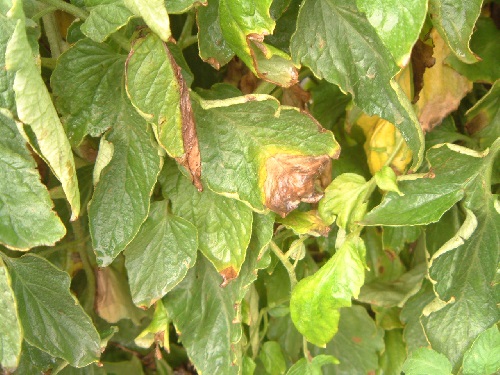Rating Risk With Fungicides With A Single Mode Of Action
Why have some fungicide chemistries been designated as having a high risk for resistance development while others have been given a low or medium(moderate) risk rating? The answer is in their mode of action (MOA). Resistance development is typically the result of the target pathogen developing amutation where the fungicide’s active ingredient acts upon it.
Some fungicides have a specific, single-site MOA, such that, if a single change to the target site in the pathogen occurs and the fungicide can no longer bind to this target site, control can be lost and its resistance risk considered high. On the other hand, some fungicides have non-specific, or multi-site MOAs, which affect pathogen development by multiple means and resistance risks are considered low.
What benefits come with having a high risk for resistance development? Well, many new fungicide chemistries have specific MOAs, and as a result, these MOAs work well against certain pathogens. This type of specificity helps reduce overall impacts to non-target organisms, including people and the environment. Other factors that affect fungicide resistance risk ratings include whether or not a pathogen has already developed resistance to a certain MOA and the target pathogen’s inherent ability to develop resistance.
The Protectors
Fungicides with multi-site MOA are protectant fungicides and belong to FRAC (Fungicide Resistance Action Committee) codes M1 to M9. These include the inorganics such as copper (FRAC code M1) and sulfur (M2), the dithiocarbamates (maneb, mancozeb, thiram, M3) and chloronitriles (chlorothalonil, M5). FRAC code M modes of action often entail disrupting fungal growth and development either non-specifically or in multiple manners. Because of this, there is a low chance for fungi to develop resistance, even though protectant fungicides are often used regularly throughout much of the growing season.
FRAC code M fungicides have contact (protectant) activity, meaning they must be present on the leaf surface prior to the arrival of the fungus and must then come into direct contact with the fungus before it grows into the plant. Since complete coverage with spray deposit in any vegetable crop is almost impossible, FRAC code M fungicides are generally considered less effective than the single-site MOA fungicides, which typically have systemic or translaminar activity and thus are able to move within plants.
Still, protectant fungicides are critically important and play an important role in disease management programs. When tank-mixed with fungicides rated as having medium to high risk for resistance development, they help slow fungicide resistance development by controlling resistant strains of the pathogen.









